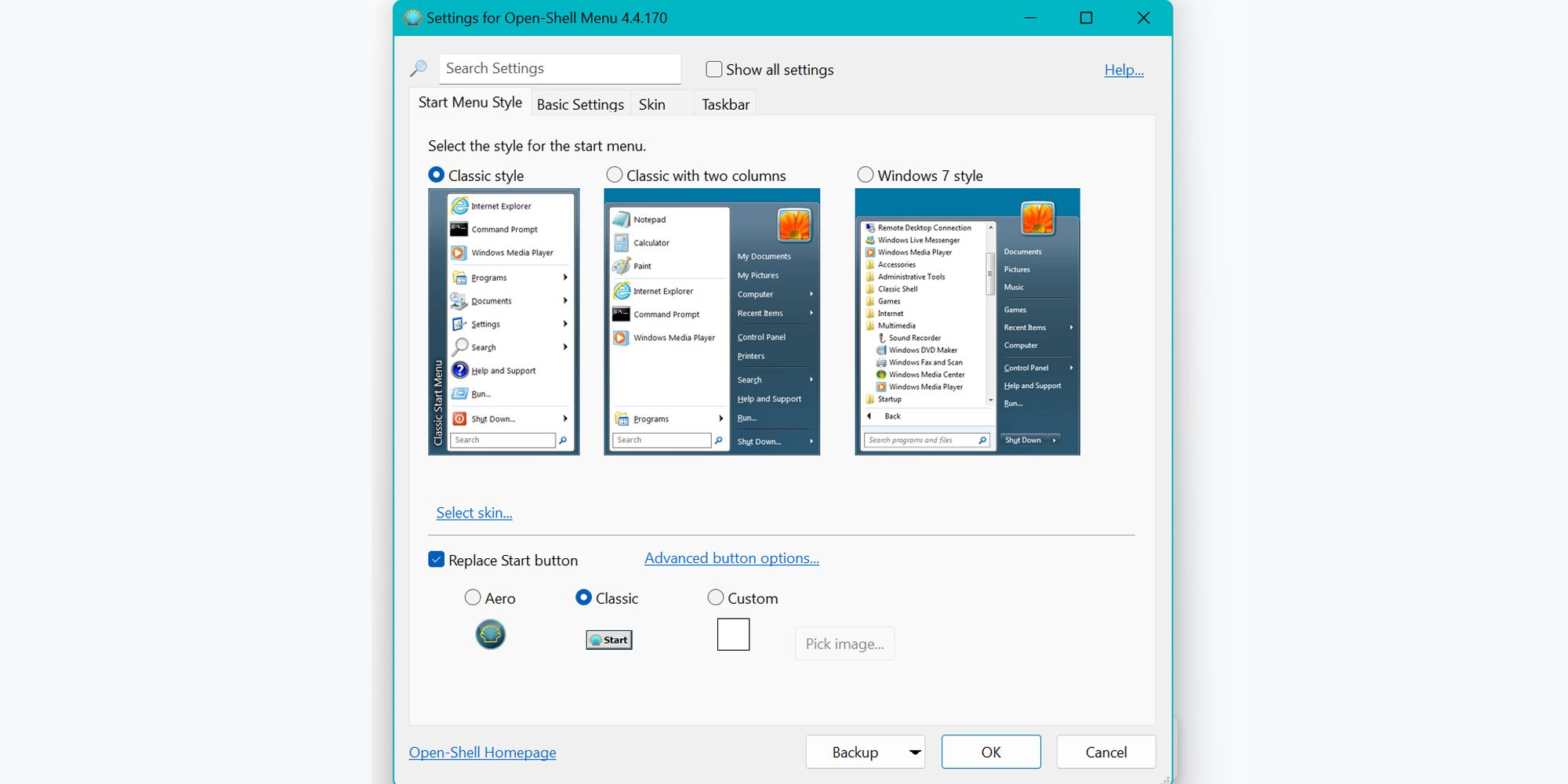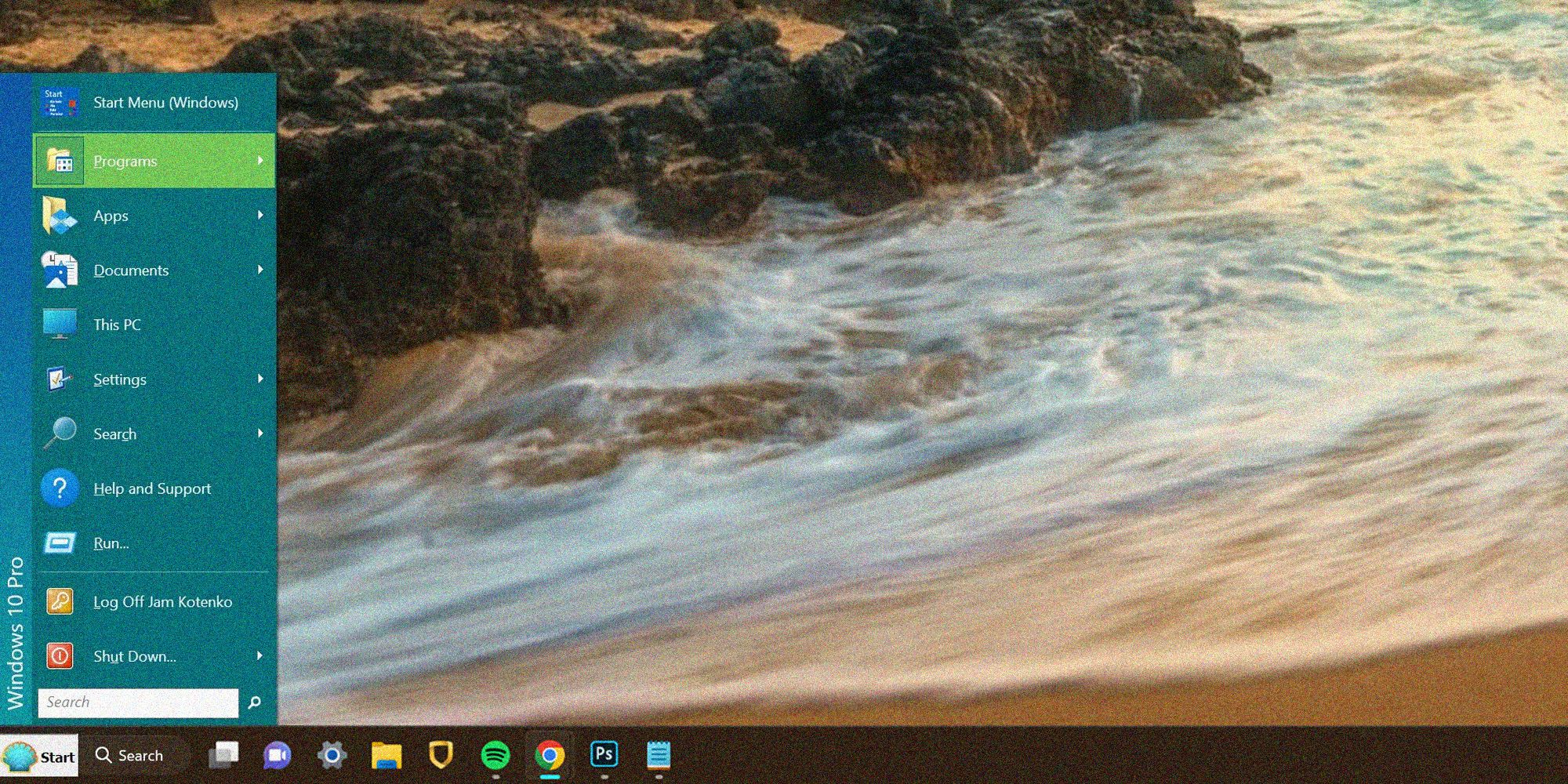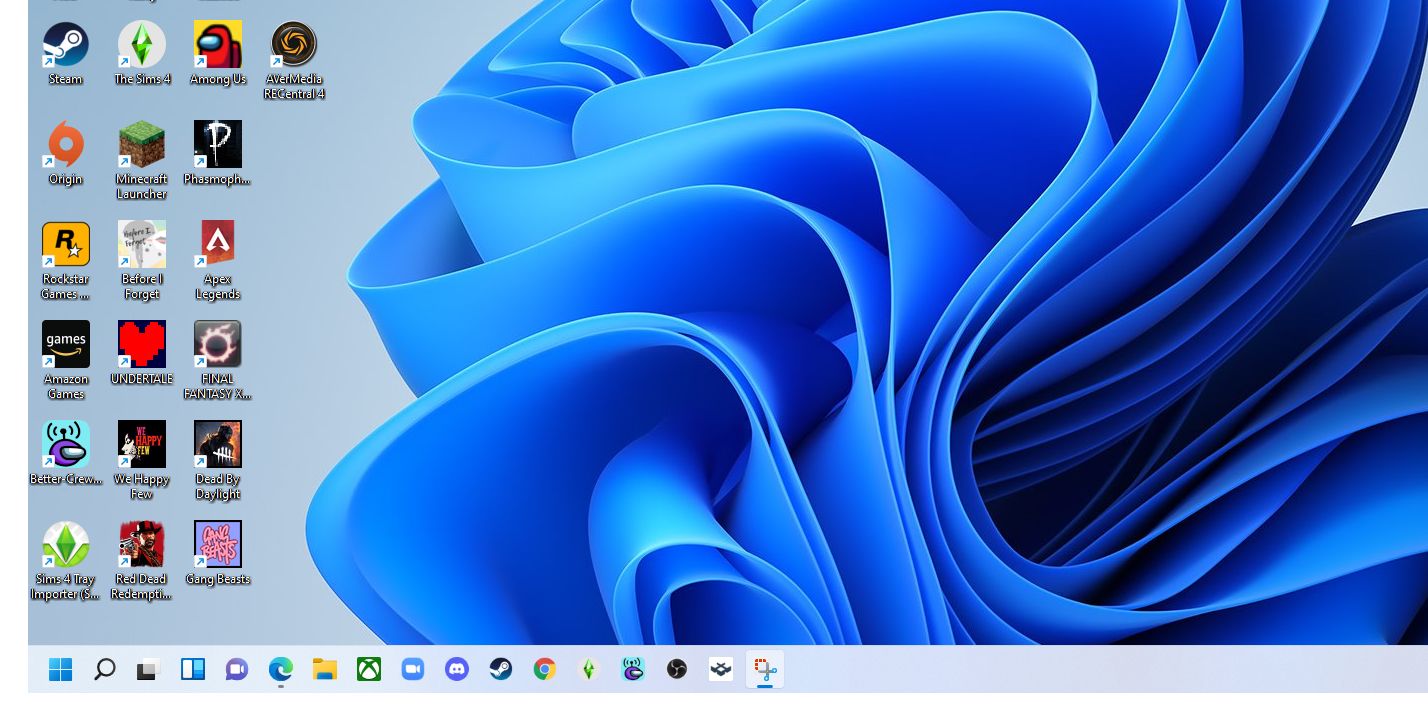Windows 11 users can bring back the beloved start menu using a program called Open-Shell. An interface feature seen on previous iterations of the operating system, the start menu was a convenient way to comb through the contents of any Windows machine. Microsoft users who’ve experienced the start menu in its heyday will remember how easy it was to launch programs, fiddle with settings, find files, and perform all sorts of tasks by pressing a prominent button located on the left-most corner of the taskbar.
Developers on GitHub created ‘Open-Shell-Menu,’ a utility that lets people tweak and customize certain parts of the Windows user interface. Built upon Classic Shell which was discontinued in 2017, Open-Shell’s current release is compatible with Windows 11, and among the many available features included, users can activate the one that brings back the classic look of the start menu which first appeared in 1995. To date, the Open-Shell installer has been downloaded by over 3 million users, signifying the growing desire to bring back the old way Windows used to look and work.
Enable The Classic Windows 7 Start Menu
Ready to try it out? To start, download the installer by going to Open-Shell’s release page, clicking ‘OpenShellSetup_4_4_170.exe,’ and hitting ‘Save.’ Click on the saved file and follow onscreen instructions to install the program. After the setup process is complete, click the Windows icon on the taskbar and launch ‘Open-Shell Menu Settings.’ Under the ‘Start Menu Style’ tab, select one of three look options to choose from: Classic, Classic with two columns, or Windows 7. In addition, click ‘Select skin’ to apply one of the available skin modifications from the dropdown, then go back to the Start Menu Style tab. Next, check the box next to ‘Replace Start button’ and pick the desired Start button icon to start seeing it on the current Windows 11 taskbar. Finally, click ‘OK.’
To ensure that the classic start menu shows up properly, make sure to tweak the Windows 11 taskbar’s alignment to match the old style. Launch Windows 11's Settings app, pick ‘Personalization’ from the side panel, then select ‘Taskbar.’ Next, expand the ‘Taskbar behaviors’ section and pick ‘Left’ from the ‘Taskbar alignment’ dropdown menu. Once this change is in effect, users should start seeing the old-school Windows start button that’ll launch the classic menu.
Do note that this program is in constant development and may experience occasional bugs. In case users run into one that affects any functions or find that the settings they’ve tweaked are not being executed properly, they can return to the default Windows 11 menu launcher. Simply click the start button, hit ‘Start Menu (Windows)’, pull up Open-Shell’s menu settings again, and uncheck ‘Replace Start button’ under the Start Menu Style tab. Next, hit the ‘Backup’ button at the bottom, then pick ‘Reset all settings.’ Click ‘Yes’ to confirm the change.
This should return the Windows 11 start button icon to its original style when it’s clicked on. However, if users access the menu by tapping the Windows icon on their keyboard instead, they may still trigger the classic start menu design. To completely get rid of this, Open-Shell may need to be completely uninstalled. To do this, launch Windows 11's Settings and pick ‘Apps’ from the sidebar. Next, go to ‘Installed apps,’ find ‘Open-Shell,’ hit the three-dot icon next to it, then click ‘Uninstall.’ The Windows 11 start menu should be completely restored whether it’s accessed with a click or via the keyboard.
Customize The Windows Taskbar With Open-Shell
Open-Shell also lets users customize the taskbar on Windows 11. To do this, search for Open-Shell and click on 'Open-Shell Settings' in the results. Make sure the 'Show all settings' check box is selected. Now, click on 'Taskbar' and choose a preferred style from Opaque, Transparent, or Glass. To adjust the opacity, click on 'Taskbar Opacity' and type a number between 1-100, with one being completely transparent and 100 being completely opaque.
Users can also click on 'Taskbar color' and 'Taskbar text color.' Either enter a color value, or tap the three dots to select a color from the spectrum. The 'Taskbar texture' option can be used to upload an image to use as the background. Once done, select 'Horizontal stretching' or 'Vertical stretching,' and choose between 'Tile' or 'Stretch' to apply the appropriate effect to the Windows 11 taskbar.


